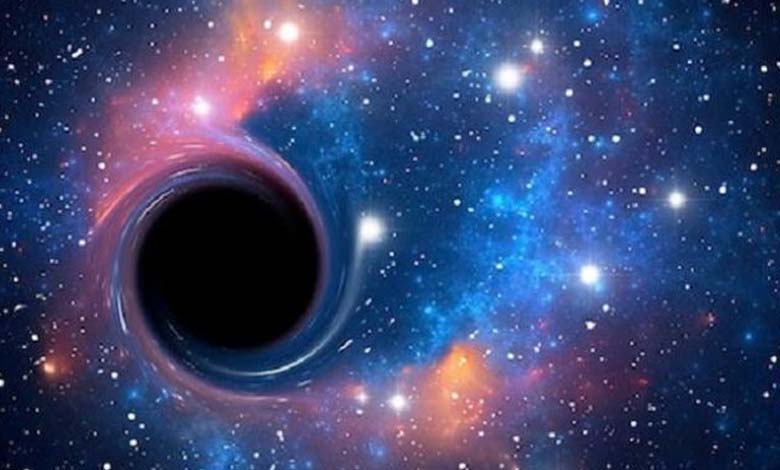Study Suggests the Presence of Black Holes Inside the Sun

A groundbreaking study has revealed a new theory regarding the formation of miniature black holes, suggesting their possible existence within our solar system, contrary to previous beliefs.
In contrast to earlier notions that these primitive black holes formed at the beginning of the universe, this new study indicates that miniature black holes, also known as “quantum mechanical black holes” or “small black holes,” could indeed originate from the explosive death of stars.
The concept of primordial black holes was initially proposed by the renowned physicist Stephen Hawking, who hypothesized that these tiny black holes would be too small to be detected due to the slow emission of their particles.
However, the recent study, conducted by researchers at the Max Planck Institute for Astrophysics and published in The Astrophysical Journal, challenges this idea and suggests that small black holes could form in the aftermath of stellar explosions.
This discovery has significant implications for our understanding of the universe, implying that black holes may not only exist in the distant regions of the cosmos but also within our solar system.
The researchers propose that these recently formed small black holes could be captured by newly forming stars, including our Sun.
The idea is that these small black holes may have originated during the first seconds after the Big Bang and could contribute to the Sun’s luminosity by accumulating within the heart of our star. This accumulation would result in the release of a continuous stream of energy, leading to the brightness and heat of the Sun.
These models suggest that the Sun, and consequently other stars, could contain primitive black holes at their centers, and this would not contradict their evolution.
The study found that the Sun’s evolution would involve dimming to half its luminosity over approximately 100 million years due to the accumulation of generated energy suppressing nuclear reactions.
The Sun, hypothetically containing a virtual black hole at its core, would initially fade significantly, then expand to become a fully-fledged thermally pulsating star with an abundance of enriched helium. It is likely to shine for several billion years as a semi-giant star, later as a red giant star before ultimately becoming a black hole with a mass below that of the Sun.
While the existence of small black holes inside the Sun has not been confirmed yet, this study opens new and exciting avenues for exploration. Further research and observation may provide crucial insights into the true nature of black holes and their role in shaping the universe as we know it.












